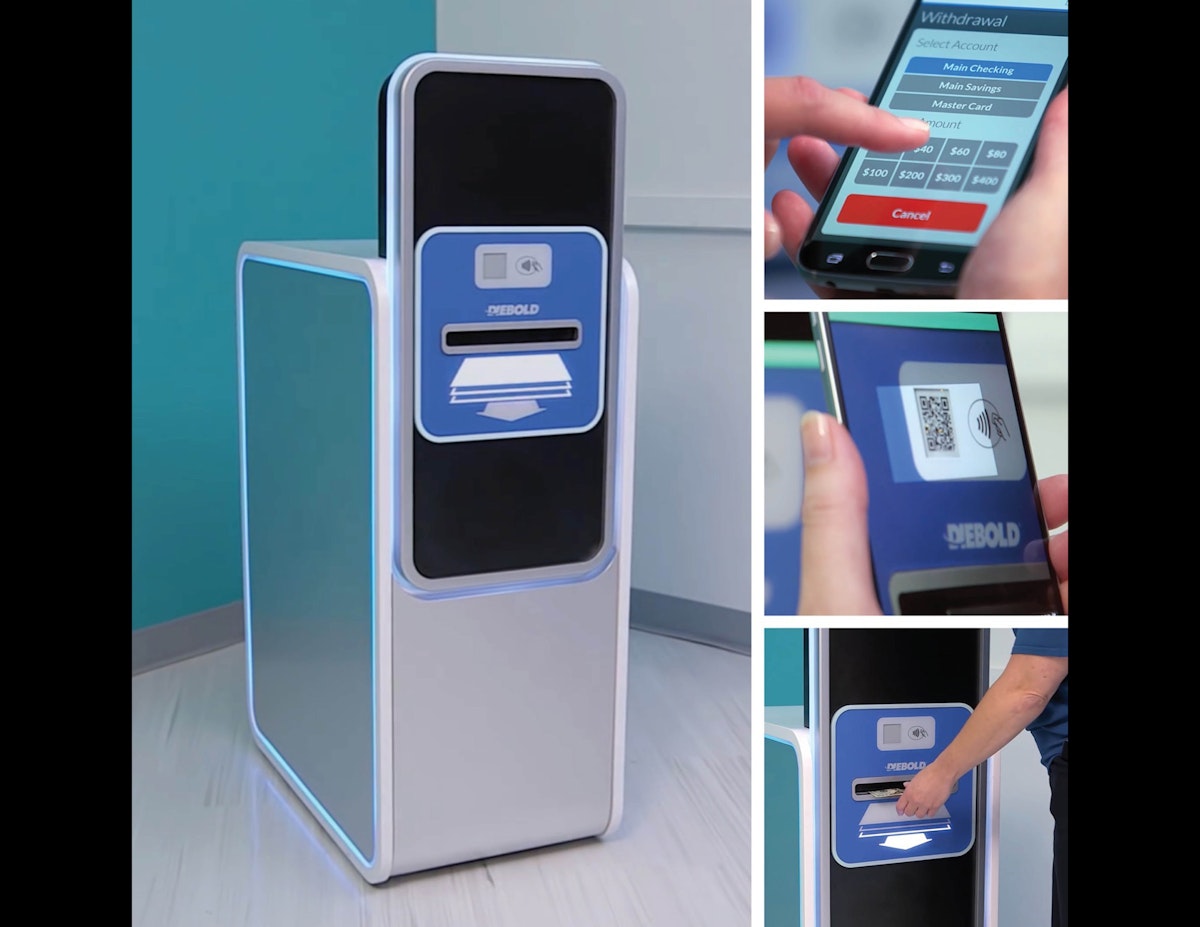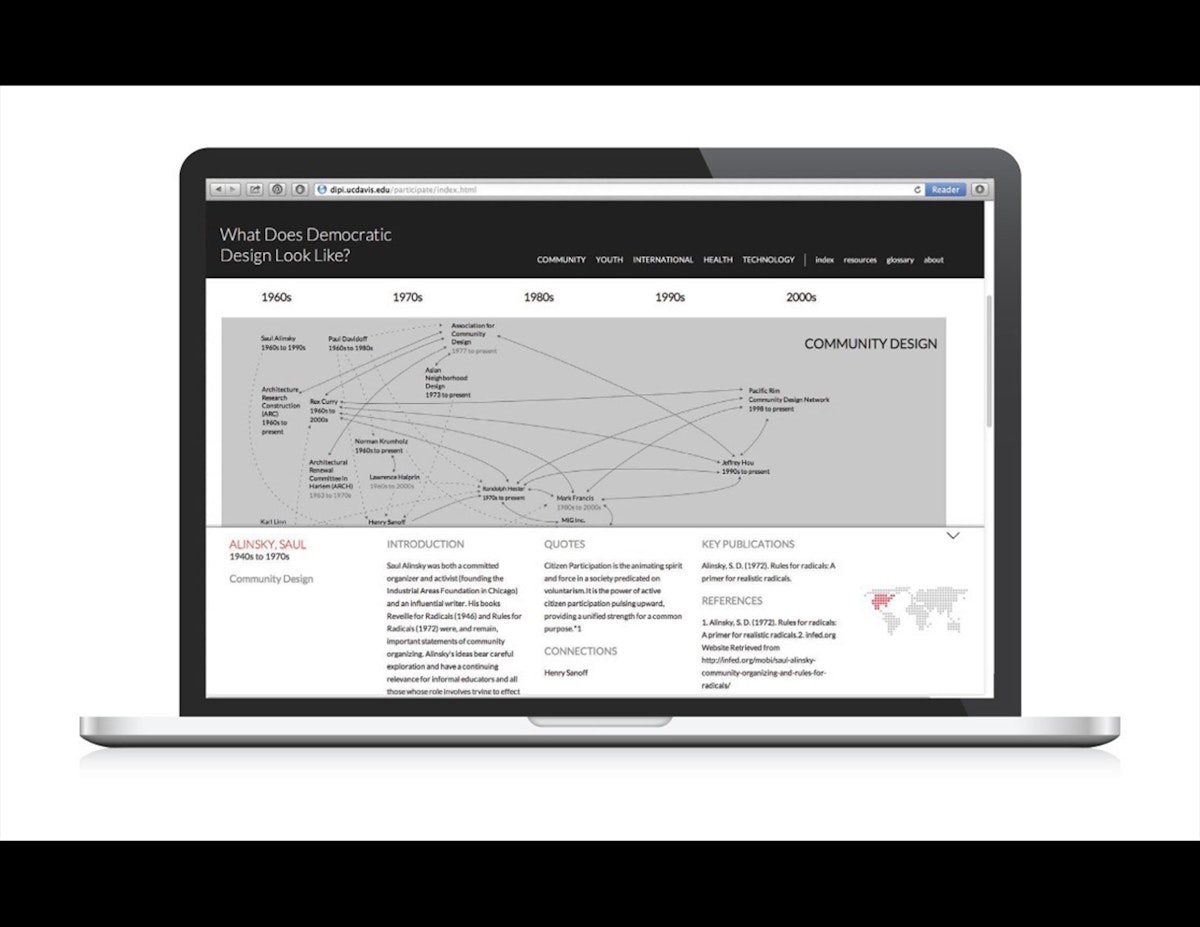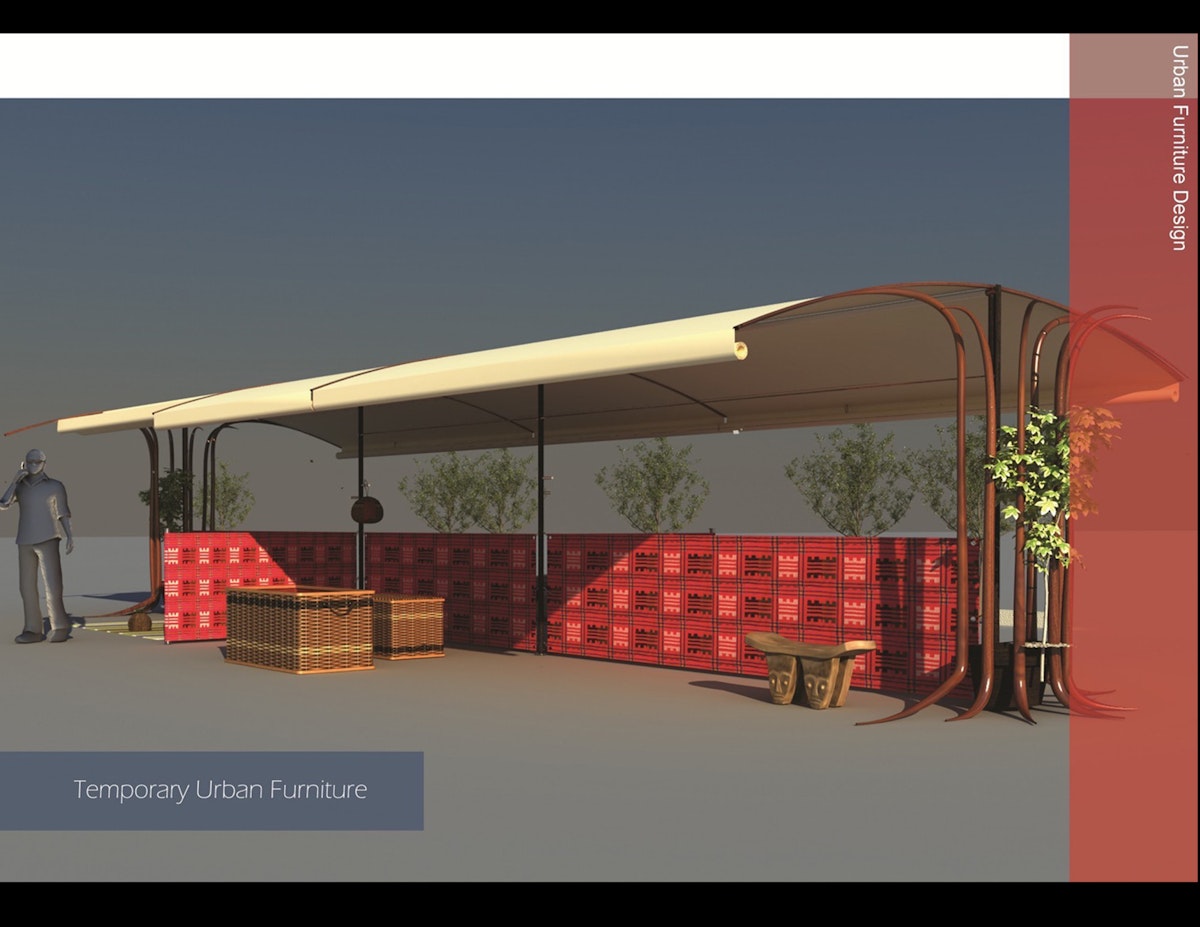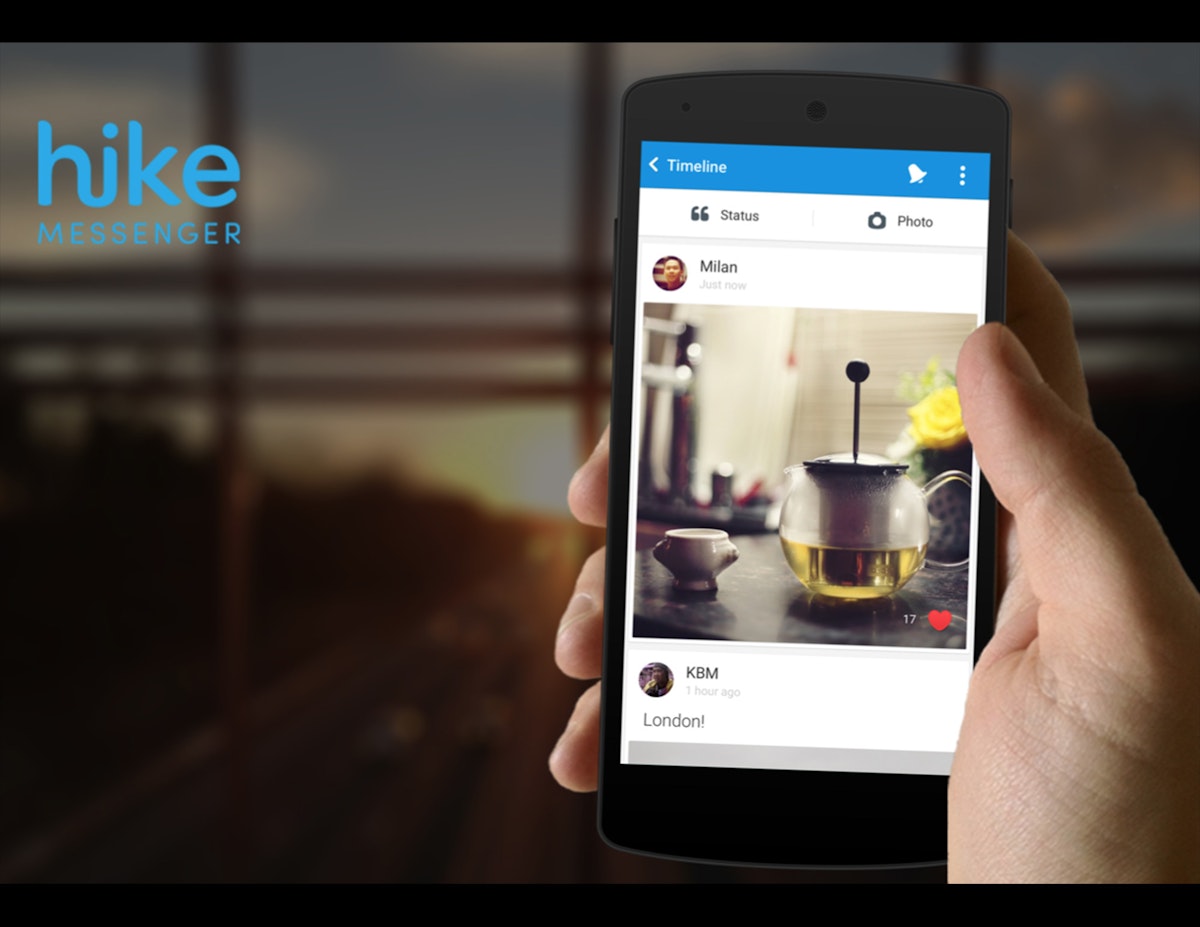Meet the 2016 MDes Cohort
Our incoming 2016 MDes students sat down to answer questions about their backgrounds, their approach to design, and their thoughts on “wicked problems” that need solving.
Scott Dailey
Tell me a bit about yourself. Where are you from, what is your background?
I grew up in Columbus, Ohio. I got interested in design through automotive, and a teacher who aware of what design was, and I’d started looking for programs in industrial design. I ended up in Cleveland Institute of Art for my undergrad and in my last year, got exposed to the different pieces of design. It was a very skills-based program, but the research methods class I took really grounded me in something. After college, I was lucky enough to work in a big company where I was exposed to many different facets involved in product development. It was great experience. I also had the chance to see a little more of the design research side, and that was affirmation that there is more to this than the styling, and that was something that I wasn’t totally comfortable with. As an industrial designer, I ended up doing a lot of styling and felt that there was the more interesting stuff in the front end. I worked at Diebolt for about 4 years, freelanced for a month and later went on to work for Notthingham-Spirk. I loved it there. It didn’t really start with insights or generative research, but it was design focused and product centric. It was very collaborative, with people in design, insights, engineering, prototyping, all working in inter-disciplinary teams. It was great. But over the last year, I felt I wanted to shift into the strategy or research side of design. That’s when I started looking into programs.
What is it about the program that appealed to you?
What I really like about this program and wanted it over other programs was the collaborative nature. From my work experience, that’s where the breakdown happens. You can have the best ideas, and the best intentions but nothing ever moves of the starting line unless you’re able to work with people. And it’s not about convincing people but about building a team and consensus. So, that was crucial. I liked that it was collaborative and that it is based on real stakeholder projects. I don’t know what I don’t know, but because of that constraint, this would inevitably be more applicable. At least I would be seeing the ways that it applies and put those to use when I go back to work. That’s my ultimate goal, to make a career shift when I come out of here.
What does “design” mean to you?
I think it’s pretty fluid. People say it’s problem solving and that means that you’re doing it and nobody else is, and I don’t think that’s true. However, from what I’m learning now and my experience I would say that from a design standpoint, its human-centered first. What we do is more qualitative and tends to be broader in context and scope. Different disciplines come with different strengths, and so being comfortable with the ambiguity, putting people first would be ours.
Could you give an example of a product/service that you think is good design?
I can think of examples where I’ve experienced it. The last place I worked, at Nottingham-Spirk was one of the best examples, just in terms of the collaborative nature. It is very important to remove barriers, allow for room to be creative, move forward, and develop ideas.
If you could choose any "wicked problem" to address, what would it be?
It’s a hard one to answer. I mean, I like problem solving. To me the subject matter depends, sometimes it’s more interesting than not. It’s not so much the subject matter, but the process and the depth.

Collaborative effort with peers in Design, Engineering, and Advanced Technology
Prerna Dudani
Tell me a bit about yourself. Where are you from, what is your background?
I was born in Mumbai, and grew up in Ahmedabad, India until I was 10 years old. Then I moved to California with my family. While I was in high school in Fremont, faculty started looking at how creativity and art can come into play within the education system. And so when I was there, I took classes that incorporated art in some way. It was more project-based. So I was doing project-based learning at high school level. I also got interested in graphic design and got a chance to work for different communities on different projects. After that, I did my undergrad in Design from UC Davis. There I got exposed to not only the design principles but also the possibility of design to change the world; I realized that this is what I want to do. After graduation, being interested in exhibit design, I got in touch with one of my friends in Ahmedabad who had just started a museum:Conflictorium. It’s a participatory museum based on values from Nina Simon’s book. It is a way for people in communities to start having conversations about conflict as a way for healing, and also recognizing conflict as essential to change. However, having such conversations is hard. So how can a space, a museum, using participatory design practices in its exhibits and workshops, start mediating those conversations in communities that has undergone trauma and violence? One of the things I’d identified was that the community the museum was situated in was not being served by it. Visitors were primarily academics, but not the local communities. So I started thinking about how can we increase transparency between what was happening in the community versus what was happening in the museum. After that I worked in a data visualization and research lab and later at the Center for Design for Public Interest at UC Davis. Both were in the academic environments and I realized how much more you can learn in an academic context and the flexibility that grad program would provide. I was always hungry for more information, I wanted to lean more.
What is it about the program that appealed to you?
I was really interested in collaborative programs, and there weren’t a lot out there. One thing I’d learnt from working was that I did better with people around me who were thinking about the same things as I was, but not necessarily the same discipline. Working in a multi-disciplinary team was really helpful for me, that’s when I learnt the most. The other thing I was looking at was the social good. I was really happy with the way Stamps talked about social justice, that it was an important value for them and how the program anchored around a “wicked problem.”
What does “design” mean to you?
I see design as always evolving and emerging, and think of designers trying to design as utopian. I think design is always striving towards finding a better solution to a problem or striving to find opportunities to better systems. The more I think about it, design is not a destination—it’s a journey, a process, and it is never complete.
Could you give an example of a product/service that you think is good design?
I haven’t seen it yet, but I’m excited to see it when I visit New York. The Cooper Hewitt Museum, a museum of design, were trying to identify how best to teach or explain people what design is? And they came up with the thought of teaching them about design through designing. Another problem they were trying to solve for was the ‘look-down’ effect, where visitors are constantly on their phones and looking down at it. When looking at exhibits, visitors use their phone to get more information. Cleary they recognized that visitors wanted something in their hand, and something that provided more information. So they developed this pen, which allows you to learn about design by designing, and not solely as a drawing tool. It also allows the visitors to interact with each other through sharing and building on each other’s ideas. You can save items on it, which you can then retrieve later at home. Essentially, you are curating the items you like, which you can learn more about at home. It’s just one object, but it has a system built around it to facilitate more engagement and stronger connections.
If you could choose any "wicked problem" to address, what would it be?
I was really interested in working with marginalized populations in public space. How can public spaces, cities be designed for people who are most marginalized. For example, what would a library look like if it was designed for people who use it a lot? It’s being used by a lot of homeless people as a way of shelter. How can public space better serve the needs of everyone?

Shafagh Hadinezhad
Tell me a bit about yourself. Where are you from, what is your background?
I’m from Iran and got my bachelors and Masters in Industrial design. During my undergraduate studies I tried to get more experiences in different areas of design to find out which area is my favorite. Between my bachelors and masters I worked in an interior design company for a couple of months. I also worked as a product designer for a couple of months. During and after my masters I worked as a freelance designer. The most important experience that helped me find out my favorite area was when I started working for a charity called MAHAK charity. It is a society that supports children with cancer, ages birth through 14 years old. The charity has a hospital that provides support and treatment for the different stages within cancer. In the beginning, I helped with things like charity bazaar, and later I worked with children in the playrooms of the hospitals. Before that, I was interested in working in areas were related to children, like toy design. But after coming here and working with these children I became interested in helping them to get better treatment, through art and music therapy to help them have better communication with each other and help improve their mental condition. This experience gave me a sense of directions and work towards helping people.
What is it about the program that appealed to you?
It was several things. The fact that it was project-based, that we could work on different projects in different areas related to health and wellbeing. Although I’m still not sure about the meaning of these words, but it’s related to the area I’m interested in, for example mental health. Right now, I know what I am interested in, but I want to discover other areas that are related. Maybe there are other areas I might be interested in which I may identify through working on projects. One of the things I learned during my previous master's degree was that I really liked working in a team as opposed to individually, because often we don’t have all the abilities in different areas that is related to a project. So if there are people with different abilities and experiences, you can get better results. The other thing was also the diversity of faculty; the Stamps faculty had different backgrounds in different areas and could support my interests. And the reputation of the school.
What does “design” mean to you?
I’m not sure if I’ll find the perfect meaning of design, but I think design is a way of changing the world to be a better world. A better world might have a different meaning to different people. In my opinion design is related to people’s feelings, so I want to try to help people to have better feeling about themselves and their environment. One of the most important things is how people communicate. Maybe design can help people know themselves better. If people understand themselves better, they can communicate with others and the environment better. I also think that people can design, not just designers.
Could you give an example of a product/service that you think is good design?
I don’t have a specific example of what is a good design, but I love nature. I think nature is the best example of design. There is a concept of biomimicry in design, but that’s not what I mean. For example, like I mentioned about using art and music to improve people’s condition, even in the nature you have sounds like the wind and water, which could be an example of music. I think that not just the nature, but the solar system have a lot to offer and can be looked at more closely to for solutions. Sometimes we want to solve a problem but the solution may result in other problems. Good design would be something that reduces that effect.
If you could choose any "wicked problem" to address, what would it be?
I would like to work with people to help improve their quality of life. And I think the first thing to help improve that is the mental condition. Apart from environmental issues that can affect your health, the most important thing that affects the physical condition of people is their mental condition. I would like to work through art and music therapy to help people have better health condition; not just children, but others as well. Right now these are the things I know of, but there could be other ways to help people’s mental condition.

Brandon Keelean
Tell me a bit about yourself. Where are you from, what is your background?
I grew up in a small town called Zeeland on the other side of the state. Herman Miller is headquartered there. So I grew up around design, although at the time I had no idea I was living in and around it. From Zeeland, I went to the University of Notre Dame with plans to become a lawyer. I majored in design throughout my time as an undergrad, but it wasn’t something I thought I’d actually do.
As part of a design course, I worked on a project with the Kgosi Neighbourhood Foundation in South Africa that led me to rethink design as a career. The Foundation works to address a wide range of challenges facing their community and asked us think about ways to reduce the tension created by xenophobia in their neighborhood. We developed some initial ideas and after visiting and talking with people in the community and evaluating the resources we had access to, we created a children’s book that paralleled the story of a refugee and supporting materials to help start conversation in a classroom. I spent a summer in Johannesburg as part of the project work, which was a very reflective time in general because when everyone around you is struggling to meet basic needs, you’re forced to look inward constantly. I thought a lot about what I actually want out of life and realized being a lawyer was not it. Eventually, I decided design was.
After graduation, I interned at 50,000feet in Chicago and pretty quickly became a full-time designer there. 50,000feet is a creative agency focusing on branding and branding expression. I worked on a lot of different things when I was there: videos, websites, corporate communications, style guides. While working there, I realized that at some point in the future I want to teach, and school is obviously required for that. About a year ago I evaluated where I was and decided it was now or never for grad school. And here I am.
What is it about the program that appealed to you?
The program structured in a way that felt aligned to the professional experience I had in that they were trying to build a collaborative team and work with real-world clients. The work is real and matters. We engage with real stakeholders and search for outcomes that are important to others. The thing that pushed me over the edge was that people here are really wonderful. I had a chance to meet my classmates ahead of deciding on a school. I also had the chance of meeting the first cohort and the faculty. The people make most places, and everyone here is very kind and thoughtful and passionate about what they were doing.
What does “design” mean to you?
I had a really wonderful professor in undergrad who loved Herbert Simon’s definition of design. I can’t quote it directly but it’s something to the effect of “design is the process of turning an existing situation into a preferred one.” I like the definition a lot. It’s a nice way of thinking about design both broadly and specifically at the same time. Whether it’s an intervention or a process, it’s shifting what’s happening now into something that’s hopefully better. It frames a way to think about the broader implications of what we do and the importance of designing something that leaves a positive impact on the world rather than focusing on the creation of stuff.
Could you give an example of a product/service that you think is good design?
I love the legal system in a lot of ways. It’s not particularly designerly, but it has some beautiful structures in it that are intended to produce good outcomes. Whether they do or not is a different story. In the US, we use a jury of peers in criminal cases, which may not be perfect, but at least it distributes the power successfully; it takes away from a single person’s ability to control the outcome. Using advocacy as a way to help ensure fairness by deliberately identifying a prosecution (or plaintiff) and defense with the same objective of doing the best they can to win, creates an environment where at least there is a chance that the outcomes might provide justice. It’s a nice example of a things made to move from existing to preferred state. There are tons of challenges in the modern legal system and outdated practices and aren’t perfectly fair in reality, but it’s a beautiful attempt.
If you could choose any "wicked problem" to address, what would it be?
Probably poverty. It’s the thing in the world that keeps finding its way into my life in some way or another. During the last three years at 50,000feet, I spent a majority of my time working with Mastercard, which made me think a lot about the relationship people have to money. Mastercard has a really wonderful foundation that does work to build up financial systems in communities that have nothing established, trying to improve general levels of financial security. During my time in South Africa, a lot of challenges grew out of poverty. Many people told me the source of all conflict is jobs. “We don't have jobs and they do.” Or, “They don't and we do.” Poverty is something that’s consistently been there, and if at some point I can address it in a meaningful way, I’d love to.
Priyanka Raju
Tell me a bit about yourself. Where are you from, what is your background?
I’m from India, and pursued a degree in Architecture and Regional Planning at IIT Kharagpur given my interest in the built form. I was fortunate to be exposed to different disciplines of design over the course of my undergraduate studies. Initially, I found myself interested deeply in furniture design and spent a summer interning with the furniture design department at the National Institute of Design, Ahmedabad. Over the next couple of years, I got involved with Urbz in Mumbai, which was engaged in designing interventions for people living in the informal settlements. Later I realised I am more intrigued in designing dynamic solutions at a systemic level and hence got involved with various student competitions and organisations aimed at solving real world challenges. Over the last two of years I have worked with small and mid-size early age start-ups as a Product Manager. Here, I had the opportunity to learn several skills ranging from product design to data analysis from highly passionate and multi-disciplinary teams.
What is it about the program that appealed to you?
When I was looking at graduate programs, I was interested in a studio-based experience, deeply rooted in real world projects and partners and this program seemed to be the best fit. I needed the program to feel like a continuation of the collaborative professional environment I had grown used to. I was looking for an environment where I can pursue my interest in human computer interaction and systems design in a holistic sense and this program provided the resources and flexibility to do so.
What does “design” mean to you?
Design for me does not begin at defining the function or end at the aesthetics. Design is in the process. Everyone can be a designer as long as they are addressing a need and creating a meaningful experience. That is the reason why design can be applied by so many disciplines from home making to engineering.
Could you give an example of a product/service that you think is good design?
I think Amazon Kindle is a really great example of good design. It addresses so many problems. I tend to read several genres of books at the same time, and I don’t like carrying all of them when I am travelling. Also, the fact that the Kindle isn’t backlit is another huge plus: looking at backlit screens, like your phone or your iPad, might make it harder to sleep at night, and it’s harder on your eyes over long periods of time. The adaptive light sensors automatically adjust to your current lighting. And the e-ink is surprisingly clear, especially on the higher-end models.
If you could choose any "wicked problem" to address, what would it be?
Given my background in architecture and the exposure I’ve had to the problem of affordable housing, I would like to go back and take another stab at it. The affordable housing crisis in India is not easy to solve because it is impossible to define and describe the full nature of the issue. Additionally, it is a problem that is continually evolving adding so many different variables and stakeholders to the issue.

All interviews by MDes candidate Manasi Agarwal.
Learn more about our MFA students: check out their full profiles for images, bios, and more.